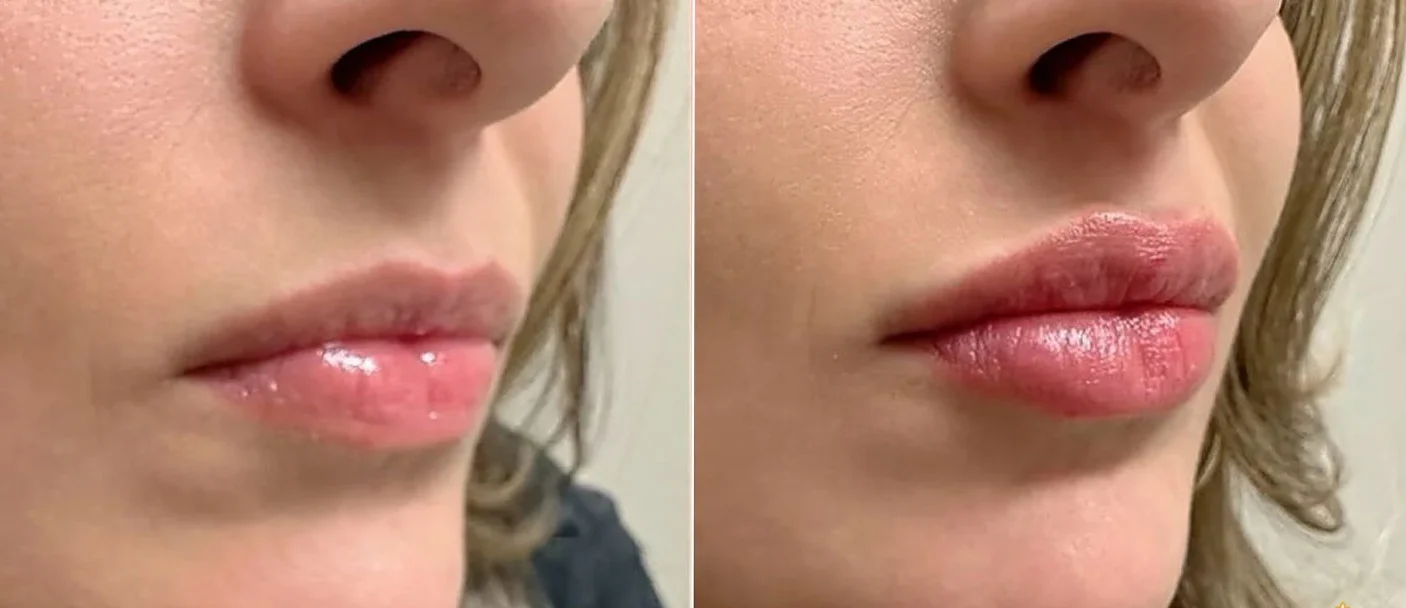
Understanding Dermal Fillers
Dermal fillers are popular. They add volume to faces. People use them for many reasons. They smooth wrinkles and lines. Some desire fuller lips. Others want enhanced cheeks. Fillers restore lost volume too. This happens naturally with aging. The procedure is usually quick. Results are often immediate. Yet, it’s not without complexities. Knowing filler basics is smart.
Understanding Filler Migration and How to Prevent It
Filler migration is a real concern. It means filler moves from its spot. This can change your appearance. It can look unnatural. Preventing this is very important. Many factors play a role. Both the injector and patient contribute. Knowing how it happens helps. Taking steps to avoid it is key. Your results depend on this.
What is Filler Migration?
Filler migration is simply movement. The injected product shifts. It goes to an unintended area. This can happen right away. Or it might occur months later. It often looks like a lump. Sometimes there’s asymmetry. Swelling can also hide it. It’s not always obvious. You might feel it too. An odd texture can signal it. Recognizing it early helps.
Common Areas of Migration
Migration can happen in many spots. Lips are a common area. Filler might move above the lip line. This creates a “filler mustache.” Under-eye filler can shift. It forms puffy bags. Cheek filler might droop. Jawline filler can spread. Temples or forehead filler can also migrate. Anywhere injected is a risk. Careful placement is vital.
Causes of Filler Migration
Several factors cause migration. Incorrect injection technique is prime. Injecting too superficially is one cause. Too much product is another. Placing filler in wrong tissue planes. High pressure during injection can force it. Movement after injection matters. Rubbing or massaging too soon. Swelling can push filler too. Gravity plays a part sometimes. Product type also has a role.
Role of Filler Type
Filler type influences migration. Some fillers are thicker. They tend to stay put more. Thinner fillers are more mobile. Hyaluronic acid (HA) fillers are common. They can absorb water. This can cause swelling. It might displace the filler. Calcium hydroxylapatite is firmer. PMMA fillers are very stable. Discuss filler choice with your doctor. It matters for your results.
Preventing Migration: Choose Your Injector Wisely
Choosing your injector is crucial. Experience matters immensely. Find someone highly qualified. They understand facial anatomy. They know correct injection depths. They use appropriate techniques. They select the right filler. Avoid discount providers always. Proper training is non-negotiable. Look for board-certified professionals. Ask about their experience level. Check their patient reviews too. This is your first defense.
Preventing Migration: Post-Procedure Care
Your post-procedure care matters. Follow all instructions carefully. Don’t touch the treated area. Avoid rubbing or massaging. Refrain from strenuous exercise. For at least 24-48 hours. Avoid extreme heat or cold. No saunas or ice packs directly. Sleep with your head elevated. This helps reduce swelling. Swelling can move filler. Be gentle with your face.
Correcting Filler Migration
Migration can often be corrected. For HA fillers, hyaluronidase helps. This enzyme dissolves the filler. It’s injected into the migrated area. Results are usually quick. Sometimes multiple sessions are needed. For non-HA fillers, correction is harder. Surgical removal might be necessary. This emphasizes careful selection. Choose HA if you’re worried. Discuss correction options beforehand.
Long-Term Considerations for Fillers
Long-term filler use needs thought. Repeated injections can increase risk. Filler might accumulate over time. The body’s response changes. Choose an experienced practitioner always. Maintain realistic expectations. Regular check-ups are important. Discuss any concerns immediately. Your aesthetic journey is ongoing. Safety should always be paramount. Be an informed patient.
Achieve flawless filler results by understanding migration risks and diligently following expert advice, ensuring lasting beauty.
